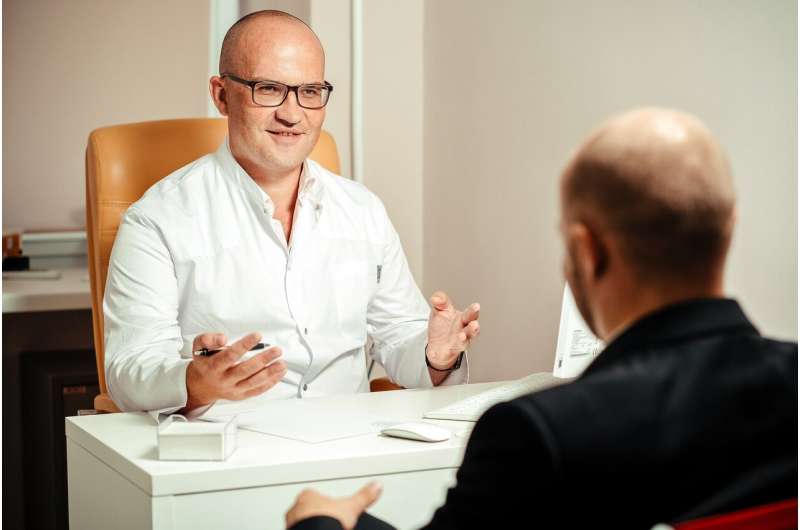how take viagra

Demand for mental health treatment has continued to increase as many psychologists report no longer having the capacity to see new patients, according to a new survey by the American Psychological Association.
The 2022 COVID-19 Practitioner Impact Survey found that demand for anxiety and depression treatment remained high for the third consecutive year while demand for treatment for trauma- and stressor-related disorders and substance-use disorders has grown.
Six in 10 practitioners reported that they no longer have openings for new patients, nearly half (46%) said they have been unable to meet the demand for treatment and nearly three-quarters (72%) have longer waitlists than before the pandemic. On average, psychologists reported being contacted by more than 15 potential new patients seeking care a week.
Nearly eight in 10 psychologists (79%) said that they had seen an increase in the number of patients with anxiety disorders since the beginning of the pandemic, and 66% saw an increase in demand for treatment for depression.
Nearly half (47%) said they had seen an increase in demand for substance use treatment (up from 43% last year) and 64% saw an increase in demand for trauma treatment, yaz yasmin ocella compensation (compared with 62% in 2021). Additionally, two-thirds of psychologists reported seeing an increase in the severity of symptoms among patients in 2022.
“The national mental health crisis continues,” said APA CEO Arthur C. Evans Jr., Ph.D. “If you are struggling, know that you are not alone. Psychological science shows that social support is key to developing resilience, so if you are having difficulty accessing care in a timely way, reach out to others to find support and identify ways to cope.”
The survey also found increasing demand for mental health services from young people and health care workers in particular. Across age groups, the largest increase in patients was from adolescents ages 13-17, with 46% of psychologists reporting increases over the prior 12 months. Large percentages of psychologists also reported increases in patients ages 18-25 (40%) and children under 13 (38%) over the same period. Nearly half of psychologists (46%) reported an increase in health care workers seeking treatment since the beginning of the pandemic.
“Having timely access to psychological services is critical for addressing the needs of those diagnosed with behavioral health challenges,” said Evans.
“But we need to tackle this problem with a variety of solutions, beyond individual therapy. We need to support and expand the workforce, promote integrated behavioral health into primary care, improve mental health literacy, use technology and innovation to expand reach and improve efficiency. But critically, we must expand our paradigm for addressing behavioral health—especially if we are to successfully address health disparities—by using more public health strategies to reach people earlier and in the places where they live, work, play and worship.”
As the pandemic wanes and in-person interaction is becoming more common, 11% of psychologists now see all patients in person, up from 4% in 2021. Yet telehealth remains an important option—more than half of psychologists (58%) now see some patients remotely and some in person, and 31% said they are seeing all patients via telehealth (down from 47% in 2021).
Telehealth services can expand access to patients who might otherwise not be able to access treatment, particularly patients from underserved communities, such as those living in rural areas and communities of color. APA continues to advocate for expanded coverage of telehealth by insurance companies, including audio-only coverage and for reimbursement at the same rate as face-to-face therapy.
Source: Read Full Article
